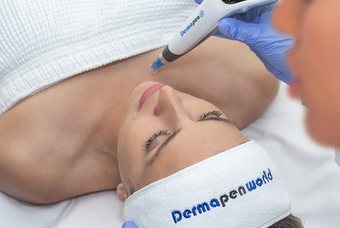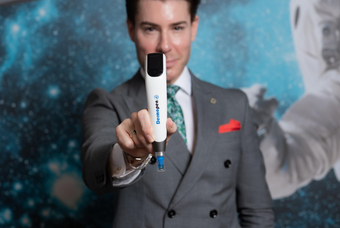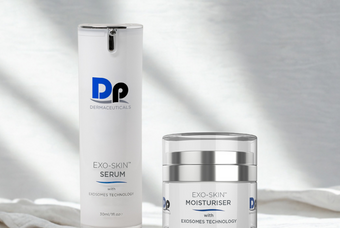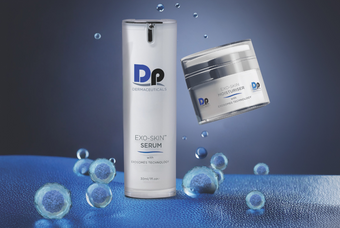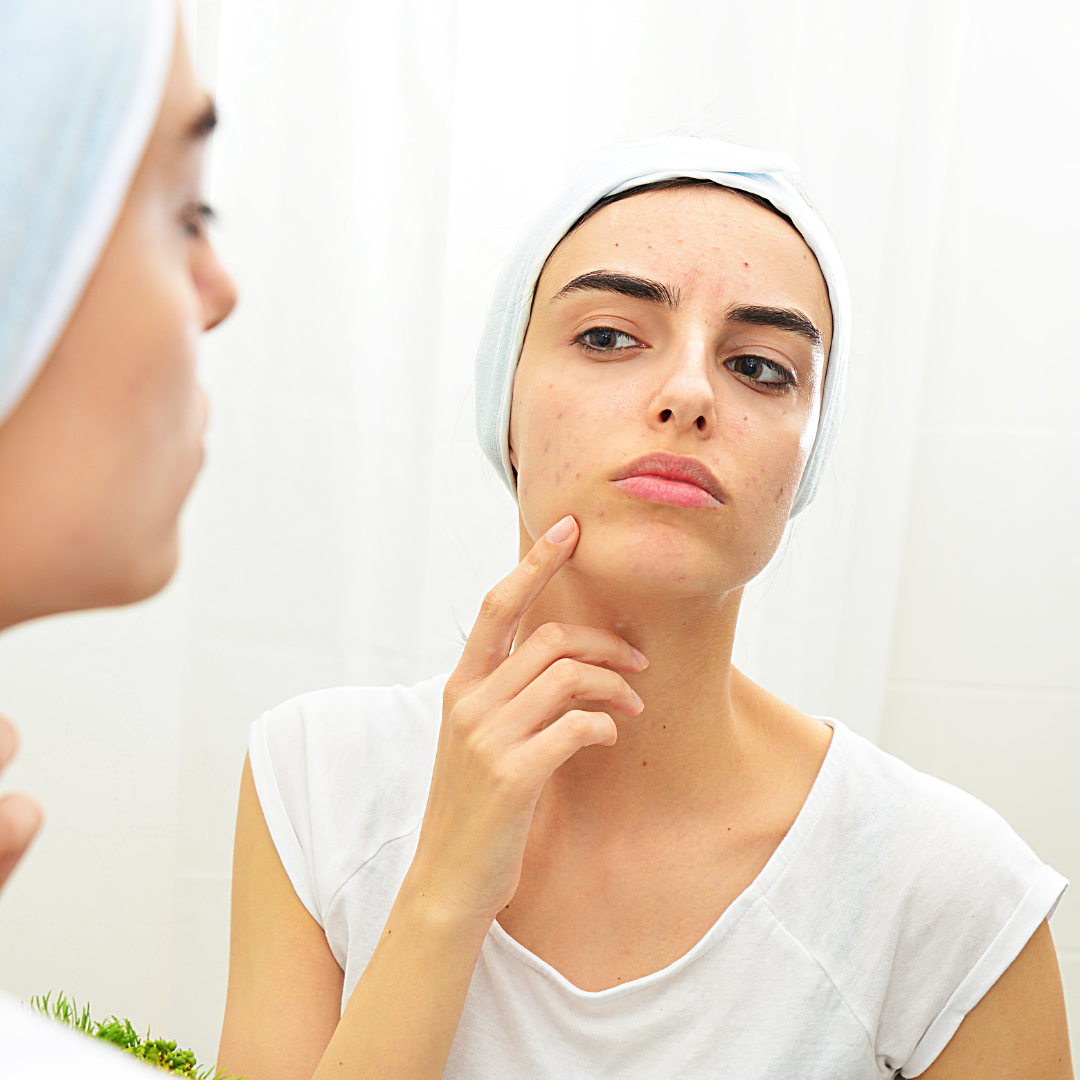The most severe kind of acne is cystic acne. Cystic acne is the occurrence of pus-filled acne deep beneath your skin. This can be caused by a mix of germs, oil, and dry skin cells getting trapped in your pores.
Although everyone can have acne, cystic acne is more frequent in people with hormonal changes, which includes youth, women and older individuals. Those with oily skin are also more prone to developing cystic acne.
Because cystic acne has the highest chance of developing into an infection that could cause sepsis (infection in the blood), it is imperative that those afflicted with it seek professional help in resolving it. Although “popping” your pimples is a no-no for any type of acne, it is an especially important rule to follow with cystic acne as it could develop into sepsis, which can be deadly if not treated immediately.
Continue reading to discover how to recognize cystic acne and how to choose the best therapy for you.
How do you know if you have cystic acne?
Cystic acne is not only the most dangerous type of acne, but it also has the most layers and is deeper under the surface of the skin.
In appearance, cystic acne typically resembles boils. Other distinguishing features include:
- large pus-filled cyst
- large white bump
- redness
- tender or painful to the touch
Acne cysts are more obvious when they appear on a person's face. However, they can be seen on the chest, neck, back, and arms. Acne cysts can also appear on the shoulders and behind the ears.
How to Treat Cystic Acne
Cystic acne should be discussed with a dermatologist. They will recommend the best course of treatment which will include a specific combination of topical treatments.
If you have oily skin, the skincare professional will recommend the Best Cleanser for Oily Skin as cleansing your skin twice a day is key to not only resolving acne, but also preventing future breakouts.
Other products to treat cystic acne may include ingredients like Salicylic Acid, Lactic Acid, and Niacinamide - all present in the Dp Dermaceuticals CLR Lotion.
Whenever deciding the best treatment course for you, the skin professional should take into account not only your skin type but also your lifestyle. If you are eating an excess of acne-promoting foods such as fried food, fast food or that with high sugar content, a change to your diet in conjunction with topical treatments may resolve your acne faster.
Acne cysts might take three months or more to heal.
Oral Antibiotics
If cystic acne is persistent and affects a wide region of your skin, oral antibiotics may be used to treat it. These operate by reducing germs and inflammation, both of which may play a role in cystic acne production.
If you are afflicted with cystic acne, seek professional help and ask your dermatologist about using the Acne Skin Care Set as your at-home acne-clearing protocol.


